2025.07.31 - News
Classic Summer Tour in Kansai: In-Depth Experience and Easy Travel Guide to Kyoto, Osaka, Kobe, and Nara
Kyoto
Kiyomizu-dera and Higashiyama Old Streets
Founded in 778, this UNESCO World Heritage site boasts over 1,200 years of history and is famous for its iconic “Kiyomizu Stage,” a wooden terrace that juts out dramatically. The area offers stunning views in every season—cherry blossoms in spring, cool breezes in summer, colorful leaves in autumn, and snow in winter. Nearby streets like Ninenzaka and Sannenzaka preserve the Edo-period atmosphere, making it one of Kyoto’s most classic walking routes. This place is not only a major tourist attraction but also a symbol of Kyoto’s spirit, often called a “must-visit spot in Kyoto.”
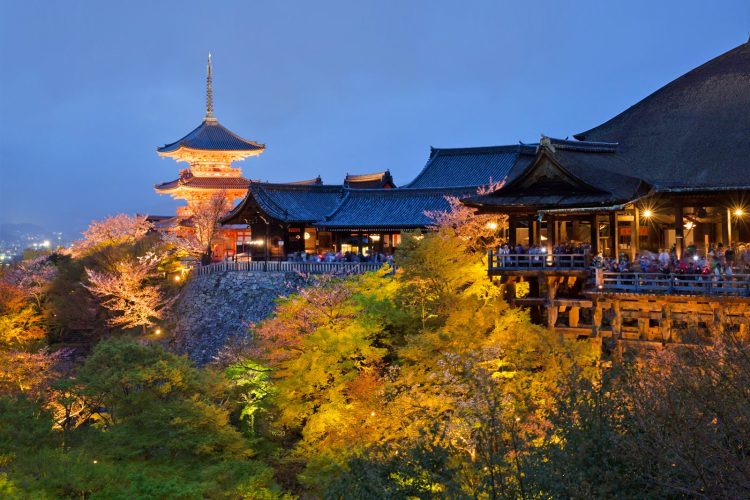
Gion & Hanamikoji Street
Developed during the Edo period as a geisha district, this area features stone-paved roads and wooden townhouses that evoke the charm of ancient Kyoto. In the evenings, visitors may catch glimpses of maiko (apprentice geisha), adding a romantic flair. The district is filled with tea houses, traditional restaurants, and dessert shops, making it the perfect place to experience Kyoto’s traditional and elegant lifestyle.
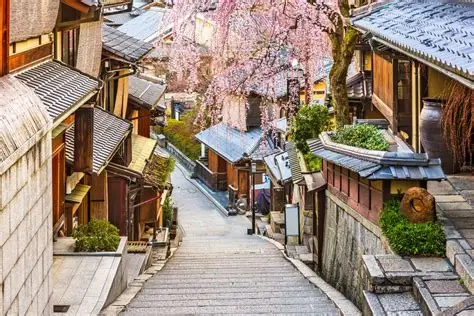
Kamo River and Noryo Yuka (Riverside Dining)
The Kamo River runs through the center of Kyoto and has long been a place where locals relax and socialize. In summer, “noryo yuka” — temporary outdoor dining platforms — are set up along the riverbanks, allowing visitors to enjoy kaiseki cuisine while feeling the cool breeze. In the evenings, people gather on the riverbanks to sit, enjoy the lights, and listen to the flowing water, making it one of Kyoto’s most “lively” and beloved scenic spots.
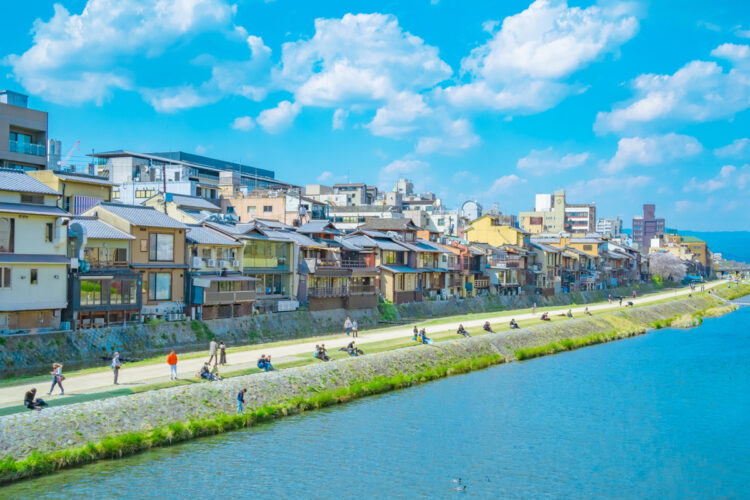
Osaka
Osaka Castle
Built by Toyotomi Hideyoshi in the late 16th century, Osaka Castle symbolized the unification of Japan. The current main keep was rebuilt in the Showa period and houses a history museum. The top floor offers panoramic views of Osaka city. The castle is especially beautiful during cherry blossom season and summer fireworks festivals, serving as a landmark and a great place to learn about the Sengoku period history.
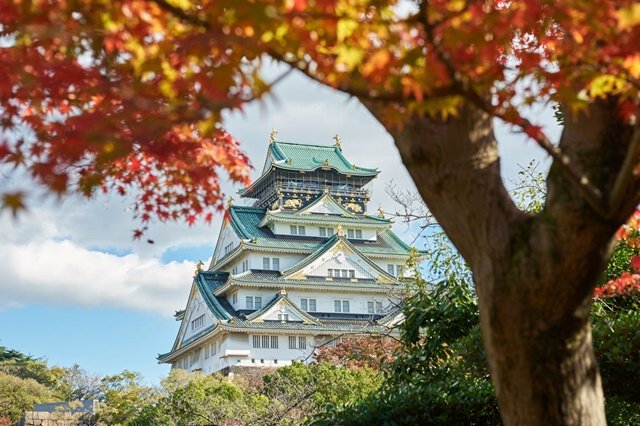
Shinsaibashi & Dotonbori
These are Osaka’s busiest shopping and dining districts, thriving since the Edo period. The giant crab signs and the Glico Running Man neon lights are iconic photo spots. You can find takoyaki, kushikatsu, crab dishes, and more, embodying Osaka’s nickname as “the nation’s kitchen” with its lively street atmosphere and culinary delights.
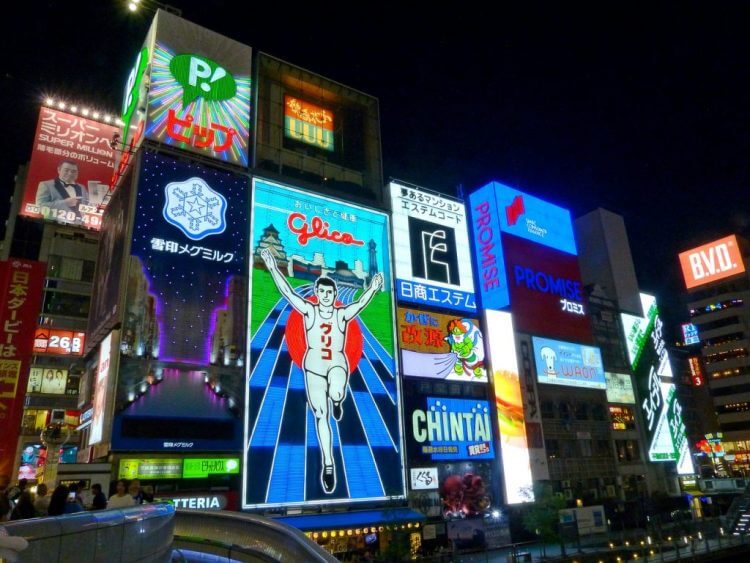
Universal Studios Japan (USJ)
Japan’s first Hollywood-themed park features popular areas such as The Wizarding World of Harry Potter, Jurassic Park, and Super Mario World. Summer special events like water battles make it a favorite for families, couples, and friends. USJ attracts millions of visitors annually.
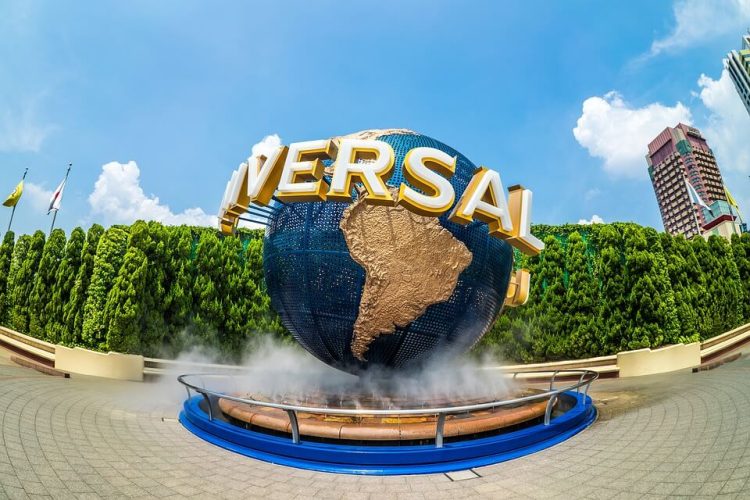
Kobe
Kobe Port & Mosaic Mall
Since its opening in 1868, Kobe Port has been a key international trading hub in Japan. Mosaic Mall near the port offers shopping, dining, and sightseeing, with views of the Kobe Port Tower and ships. The night scenery here is dazzling and is considered one of “Japan’s top three night views.” Kobe’s romantic port atmosphere is perfect for couples strolling and taking photos.
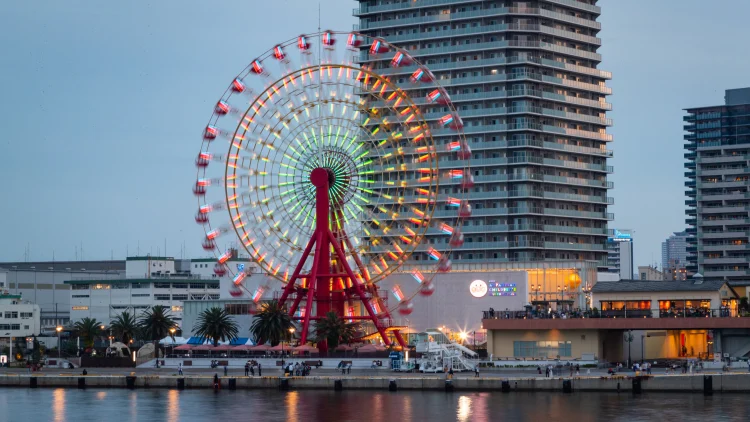
Nankinmachi (Chinatown)
Developed after the Meiji Restoration in the late 19th century, this small yet lively district is filled with various Chinese snacks, desserts, and restaurants. As one of Kobe’s most popular food streets, Nankinmachi reflects the unique cultural blend and inclusive spirit of Kobe as an international port city.
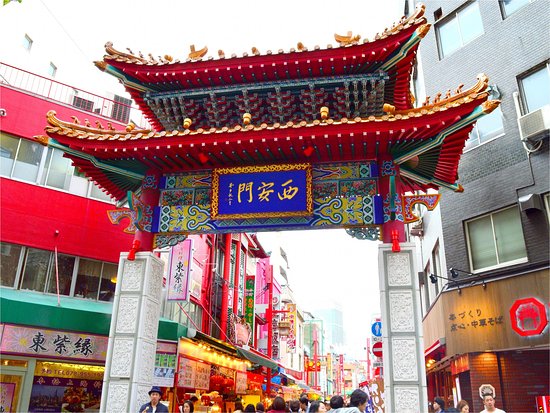
Nara
Nara Park & Todai-ji Temple
Nara Park is home to over a thousand freely roaming deer, regarded as messengers of the gods. Nearby Todai-ji Temple, founded in the 8th century, is one of the world’s largest wooden structures and houses the 15-meter tall Great Buddha statue. It is Nara’s most famous World Heritage site and a core place to experience the atmosphere of the ancient capital and Buddhist art.
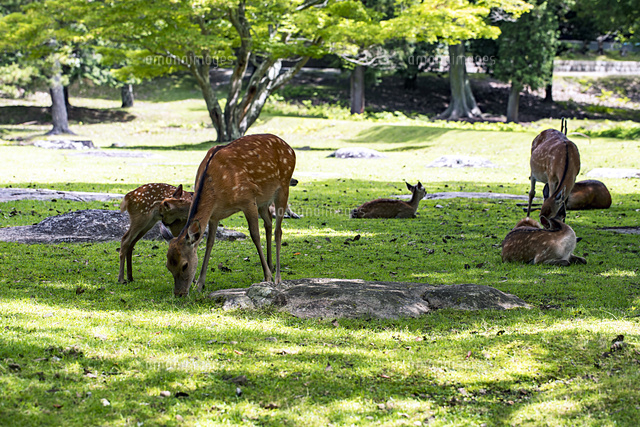
Kasuga Taisha Shrine
Established in 768 by the powerful Fujiwara clan, Kasuga Taisha is famous for its thousands of stone and bronze lanterns lining the approach. The lanterns are lit during the “Mantoro Lantern Festival,” creating a mysterious and spectacular nighttime scene. As a World Heritage site, Kasuga Taisha is not only a significant religious place but also a symbol of Nara’s millennium-long history.
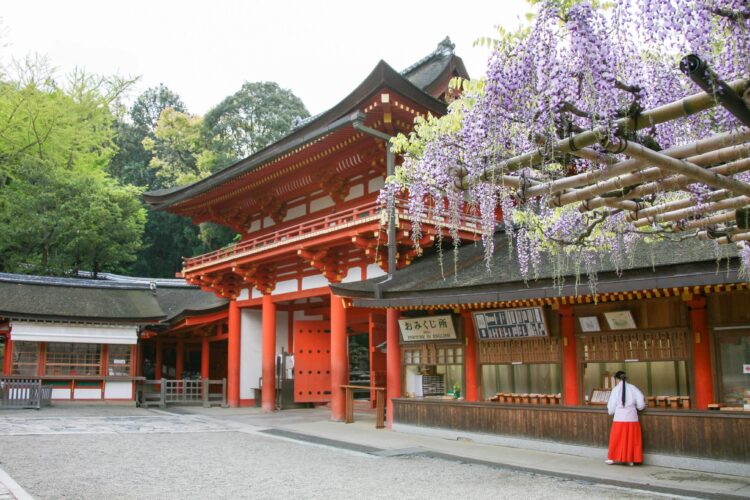
Suggested Itinerary (Classic 5–6 Days Route)
Ideal for first-time Kansai visitors, balancing scenery, cuisine, and history:
| Day | Suggested Itinerary |
|---|---|
| Day 1 | Arrival in Osaka → Shinsaibashi & Dotonbori night view & food |
| Day 2 | Osaka Castle → Universal Studios Japan (USJ) |
| Day 3 | Kyoto: Kiyomizu-dera → Ninenzaka & Sannenzaka → Gion & Hanamikoji Street → Kamo River riverside dining |
| Day 4 | Kyoto: Kinkaku-ji or Arashiyama → Afternoon travel to Kobe → Nankinmachi stroll + Mosaic Mall night view |
| Day 5 | Nara: Nara Park → Todai-ji Temple → Kasuga Taisha Shrine → Return to Osaka in the evening |
| Day 6 | Free day in Osaka / Shopping → Departure |
Transportation
Osaka ⇄ Kyoto
- JR Rapid Service: Approx. 30 minutes
- Hankyu or Keihan Railways: Affordable, approx. 40–50 minutes
Osaka ⇄ Kobe (Sannomiya Station)
- JR Rapid Service: Approx. 25 minutes
- Hanshin Railway: Approx. 30 minutes, frequent trains
Osaka ⇄ Nara
- Kintetsu Limited Express: Approx. 40 minutes, comfortable with reserved seats
- JR Yamatoji Rapid Service: Approx. 45–50 minutes, direct to Nara Station
Within Cities or Multi-Destination Connections:
- Recommended to use IC cards (ICOCA, Suica, etc.) for convenient payment on trains, subways, and buses
- For concentrated sightseeing in Osaka, the “Osaka Amazing Pass” offers unlimited access to popular spots
Charter Car Service (Recommended)
- For a more comfortable and flexible trip, especially for groups, travelers with luggage, or seniors
- Kingtai Travel offers Kansai charter car services: day tours or multi-day itineraries covering Kyoto, Osaka, Nara, and Kobe
- Private car directly to attractions without transfers, saving time and effort, with customized routes tailored to your needs